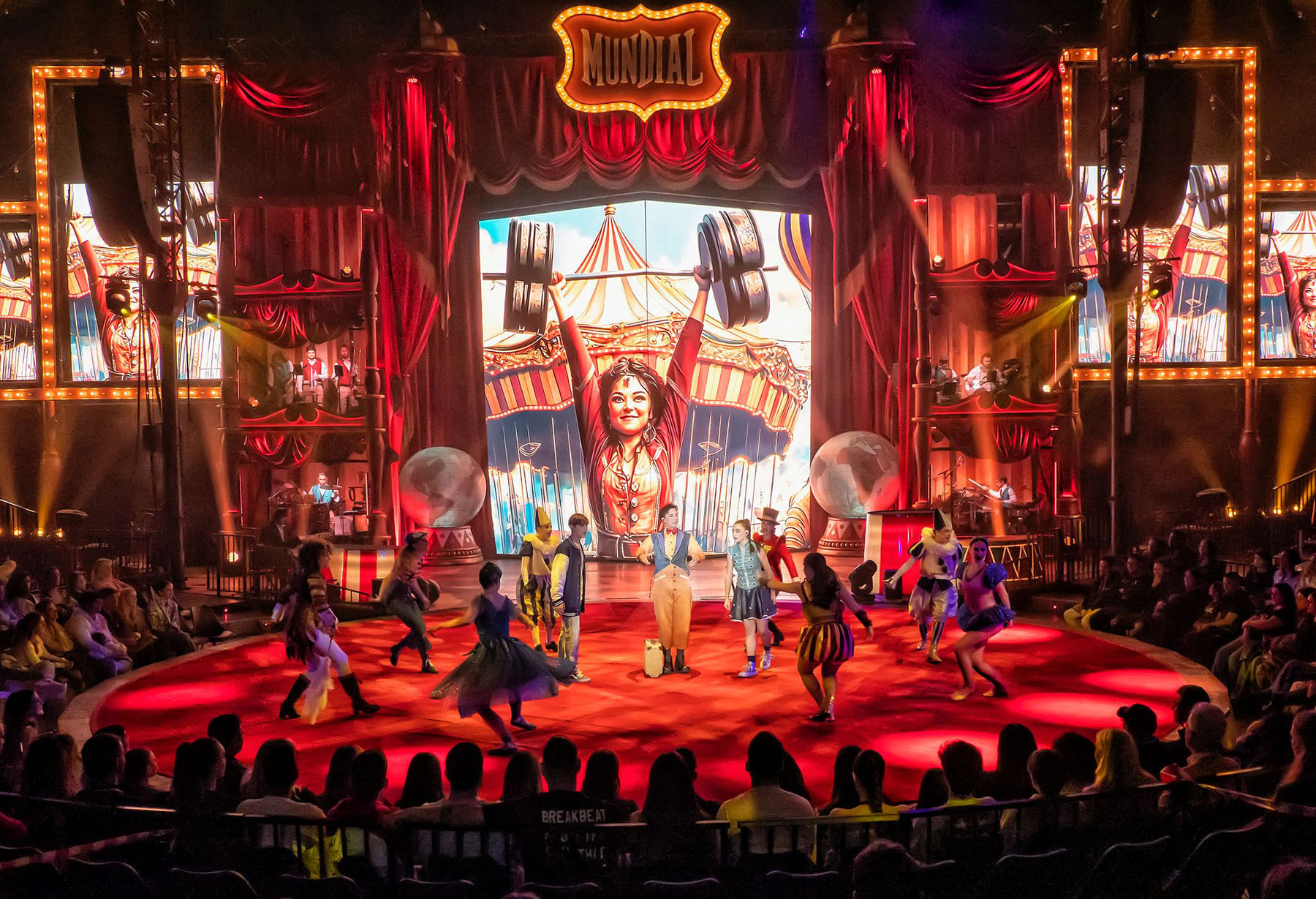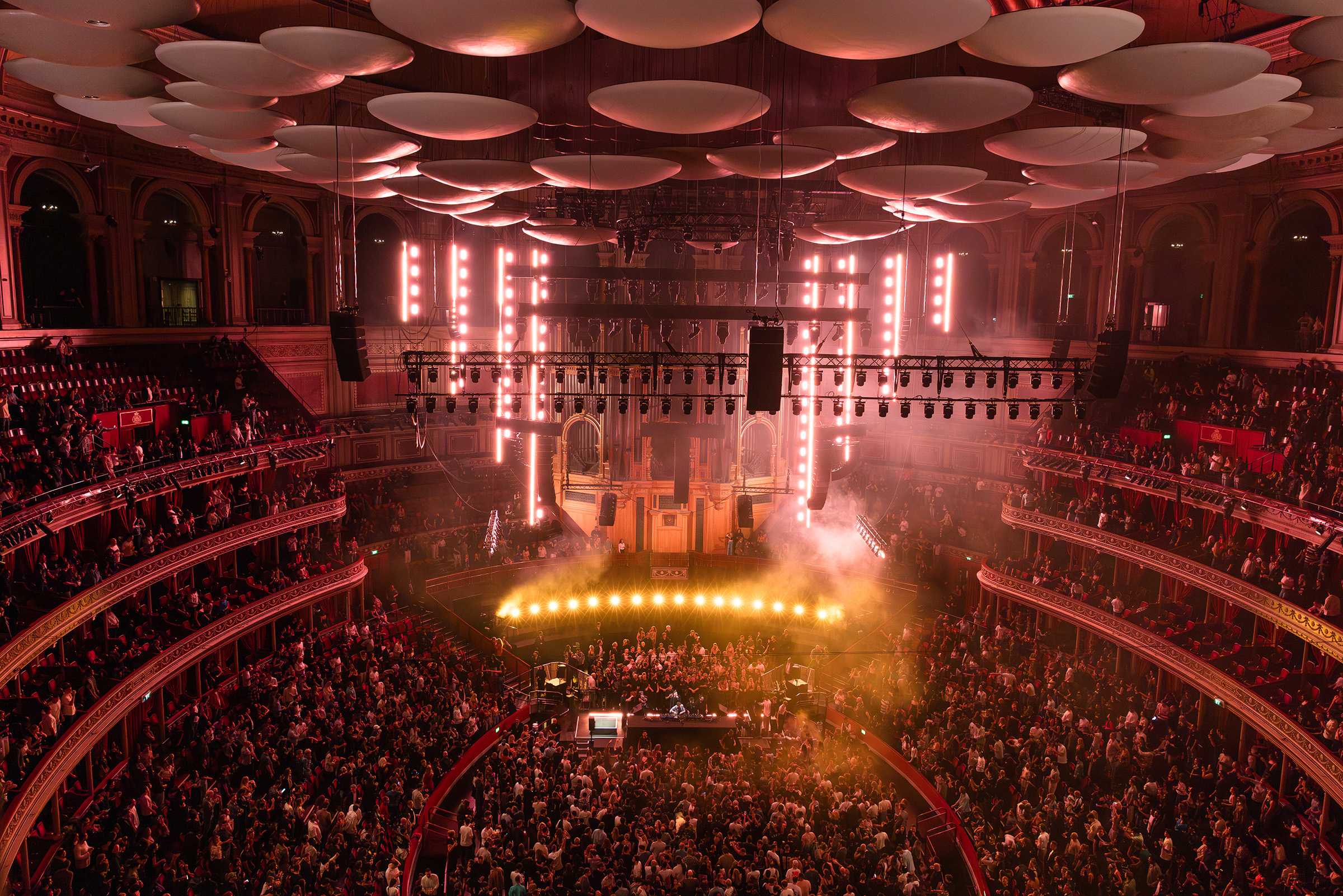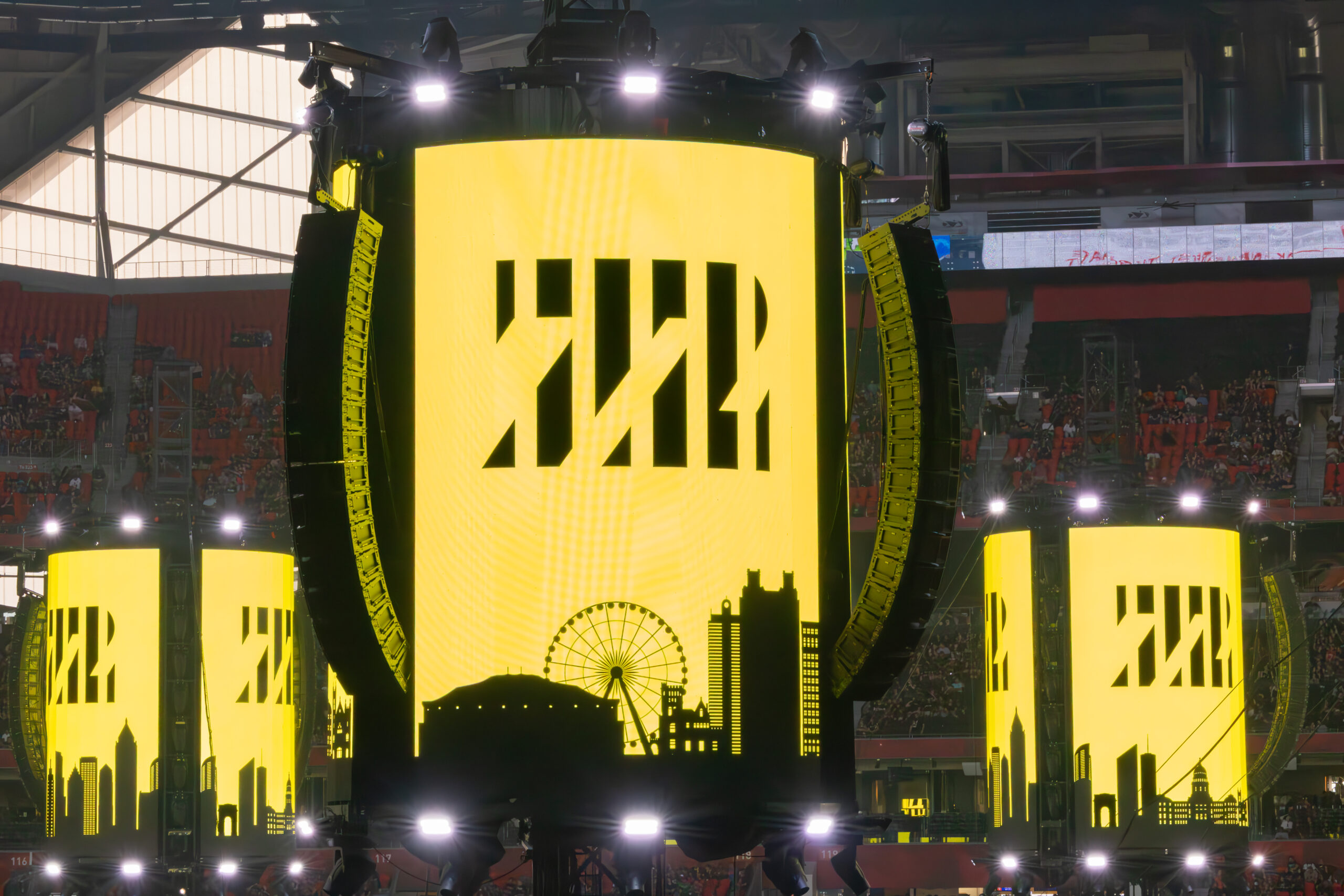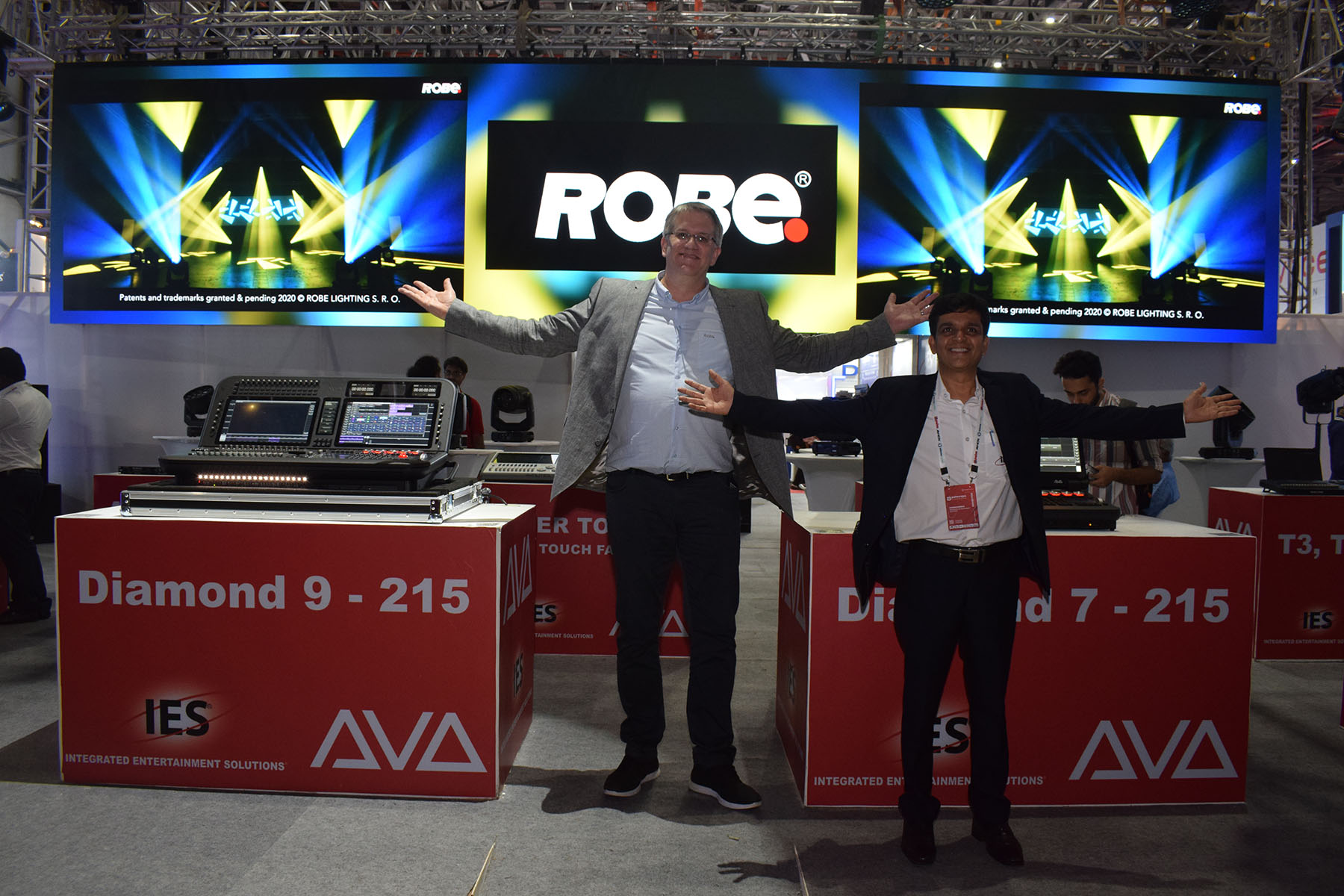LONDON – The story of Afrobeat musician Fela Anikulapo-Kuti has moved to London's National Theatre – and according to the National's senior lighting programmer John McGarrigle, an ETS Eos lighting control system helped speed the turnaround from Broadway to South Bank. "We had just four weeks before the beginning of tech to convert the entire show – which was originally programmed on two lighting systems – and one of the consoles we were moving from has no export function," McGarrigle noted.
"We had no option but to sit in front of it for two weeks, reading all levels and parameter information from its displays, and painstakingly enter the data into Eos. We then had two weeks of visualization with ESP Vision, where associate designer Paul Hackenmueller and I had a full 3D model of the Olivier, and worked our way through the show cue by cue."
With few days for tech, the lighting team made good use of Eos's discrete Multiuser functionality, working on three different desks networked together.

"Sometimes I would work live with Robert Wierzel, the lighting designer," said McGarrigle, "while associate lighting programmer Andi Davis worked blind (offline) on cleaning up, or on general notes that didn't need him to look at the stage. At other times, we'd both have live control and both be working on the same part of the show. So, for example, we might have a group of moving lights to focus; Andi would take all the odd numbers and I'd take all the evens, and we'd focus the same look simultaneously. We pushed the system extremely hard, and having the flexibility to split the workload however we chose meant we always made the best use of our limited time.
"We also had assistant lighting programmer Dan Haggerty on an ETC Ion console dealing with the patch and data distribution, which is no small task given the show has to rep with Hamlet – fielding questions from the crew, getting the rig working for us, and generally acting as the trouble-shooter between control and rig," McGarrigle added.
The story line of Fela! unfolds through a complex hybrid of dance, theater and music. "The lighting itself is fairly full on – it never stops moving," McGarrigle noted. "We have about 900 cues, just over 100 moving lights, 170 scrollers and about 400 conventionals, along with LED units and various ancillary things like strobes and smoke.
"We were beta-testing Eos software Version 1.9.5, which includes pixel mapping – giving us the flexibility to do things with the LEDs that we otherwise couldn't, or which would have taken days using conventional programming.
"Just in terms of control, we used two Eos consoles, an Ion, a remote processor unit (RPU) and four remote video interfaces (RVIs)," McGarrigle said. "We also use show control heavily, and Eos is responsible for triggering all video cues and the majority of sound cues.
"The lighting doesn't stop at the stage and includes the whole auditorium – we treated it almost as a separate stage. That was another benefit of having two programmers – while one of us was working on something live on stage, another could be looking back, focusing something way up at the back of the circle."
Because of the size of the production, their use of beta software, and the complexities of the moving the show in such a short space of time, the team frequently called upon ETC's support and development people for help.
"As always, the team was fantastic and worked with us to quickly solve any problems that arose," McGarrigle said. "We couldn't have done it without their assistance."
Fela! will run at the National Theatre until the end of January, with a live broadcast to cinemas around the world starting on January 13, 2011.
For more information, please visit www.etcconnect.com.
Photos by Tristam Kenton



